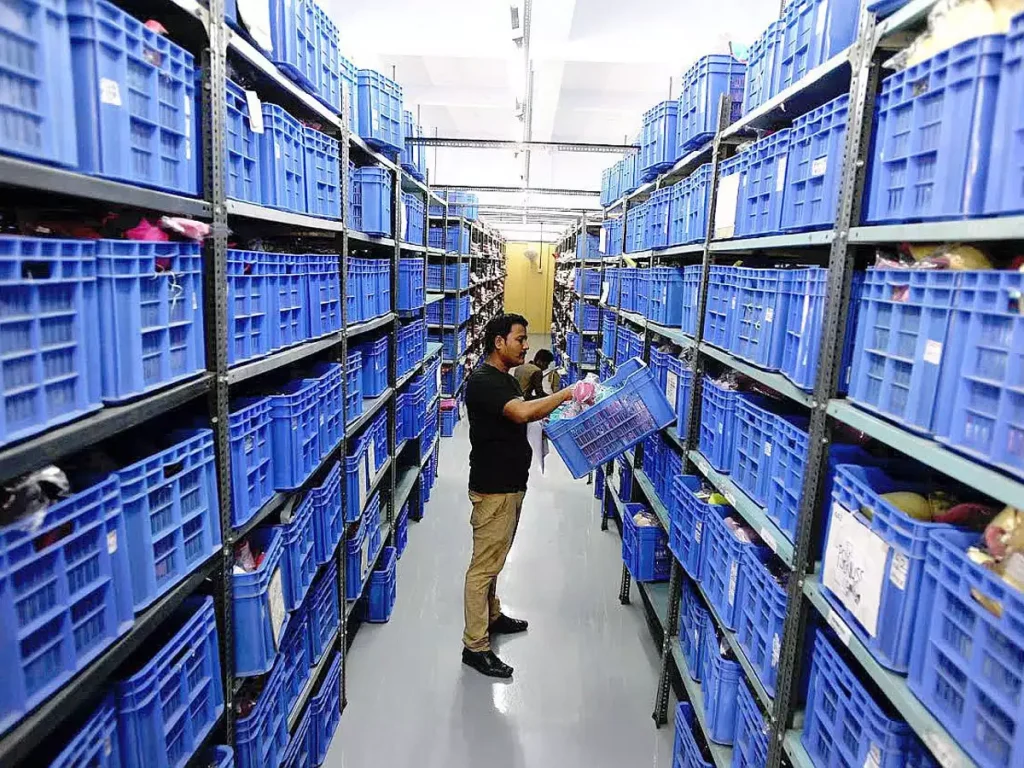Controlling the temperature of cold storage is a way to ensure that pharmaceuticals and perishable items that could be lifesaving are kept in good condition and effective. This also saves businesses money on energy costs.
Clothing and equipment are essential for safety at work during colder months. For instance the batteries of electric forklifts lose energy much more quickly in cold warehouses due to condensation.
Energy-efficient refrigeration systems
Temperature fluctuations can affect the products within cold storage locations. They usually have effective refrigeration systems that reduce danger. Refrigeration systems operate by moving coolant through it to draw heat away and then reduce the temperature. The cooling process is utilized to cool a variety of products, from frozen food to pharmaceuticals, petro-chemicals and high-tech electronic.
In order to ensure maximum efficiency, the refrigeration system should be regularly maintained and checked. Regularly scheduled checks and clean-up can reduce power consumption while also reducing expenses over time.
A different way to enhance managing cold storage is utilizing smart technology in order to monitor the energy consumption. Monitoring systems can alert businesses to unexpected increases in energy consumption which may indicate a problem within your cooling systems. Monitoring systems also aid optimize energy consumption by allowing users to adjust temperature set points based on the requirements of specific products. These systems can save 15% in electricity costs and decrease the load on the cooling plant.

Inventory management for perishable goods
Managing inventory for perishable goods requires special techniques that optimize the efficiency of the supply chain. These methods can decrease the amount of waste produced, avoid stockouts as well as improve the customer experience.
Increase the efficiency of managing cold storage making use of forecasting for demand as well as sales analysis. This helps to ensure that your ordering process is well-planned so you can receive as well as store and market the items on time, prior to the expiration date.
Other methods of managing perishable inventory are to select credible suppliers that are able to prioritize the freshness of their products. Set up favorable terms, and conduct pre-receipt checks. It can increase your product’s quality as well as increase the freshness within the product.
First expiring the first time is a different approach for perishables. This strategy focuses on the usage of products with date expiration, thus reducing the waste of products. In addition, setting up reorder points and observing them on a regular basis allows you to set proper inventory levels to minimize waste while still meeting customer needs.
How to best prepare for Cold Storage
Numerous pharmaceutical and food items need specific temperature requirements for storage. The fluctuations in temperature can cause harm to food products as well as raise the cost of storage. This can be prevented by ensuring the cold storage warehouses are kept with the most effective practices.
The way to accomplish these goals is by improving techniques and tools, however this can result in substantial cost savings over time. Making investments in automation and reducing heat exchange making use of equipment specifically designed for temperatures that are cold, as well as keeping up-to-date records are all good ways to go about it.
Also, lap dat kho lanh thuc pham nha hang you should think about how your workers can gain access to the cold storage facility. Insuring that employees are provided with warm clothing as well as equipment could reduce the risk of illness and boost productivity. Selecting access systems which allow for quick opening and closing is also a good way to prevent fluctuation in temperature when workers travel between zones of the building. For instance, insulated roller doors for example, provide quicker access to different zones, and provide a seal that limits the flow of air between doors. It also cuts down maintenance times and boosts energy efficiency.
Monitoring temperature using IoT
A consistent temperature within your warehouse is an important part of ensuring the safety of medicines and food. Monitoring devices that use IoT will monitor the temperature in your warehouse all day long, triggering alerts when the temperature exceeds pre-set parameters. The system reduces time spent manually recording temperatures and increases accuracy.
Alongside improving cold storage management, smart IoT sensor technology also has the potential to cut down on energy usage and reduce product consumption. In monitoring the equipment’s performance and taking action quickly to address issues to reduce the requirement for expensive jet and diesel fuel to power refrigeration systems as well as assure consistent product quality. It is possible to optimize the storage by making use of real-time data in order to minimize the amount of backups required and prevent temperature swings. Find out the ways IoT can revolutionize cold chain logistics through the use of advanced technology, the use of real-time monitoring software as well as the management of supply chains.